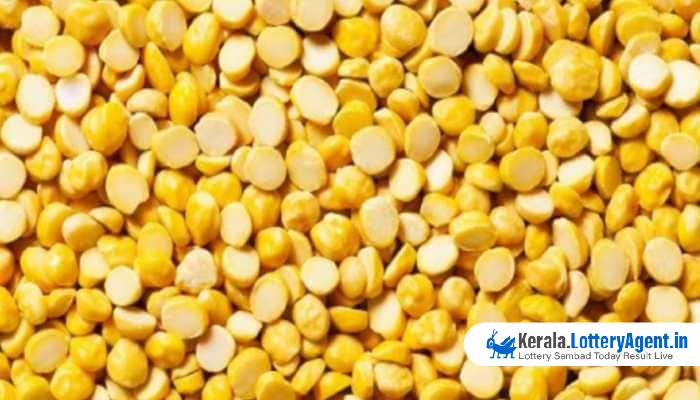
In a move aimed at stabilizing the market price of pulses and easing domestic supply pressures, the Government of India has announced the extension of duty-free imports of yellow peas for an additional four months. This extension now permits the import of yellow peas without any import duty until October 2024. This decision continues the trend set in December when the central government first green-lit duty-free imports of the commodity until March 2024. Initial extensions pushed this deadline to April and then to June, displaying a pattern of continuous governmental intervention in the pulse market.
The levy on yellow peas was originally imposed in November 2017 at a substantial rate of 50 percent. Historically, the major sources for India’s yellow peas have been Canada and Russia. As one of the world’s leading consumers and producers of pulses, India nonetheless fulfills a significant portion of its domestic pulse requirements through importation. Key staples in the Indian diet include chana, Masur, urad, Kabuli chana, and tur pulses.
In an effort to address price stabilization and market availability, the Ministry of Consumer Affairs, Food and Public Distribution has taken a series of steps, among them, the imposition of stock limits. In September, the Indian government extended stock limits on tur and urad dal for two additional months, concluding on December 31st. Additionally, the stock holding limits for wholesalers and retailers have undergone revision.
These revisions serve a dual purpose: first, to prevent potential hoarding which can drive up prices, and second, to ensure the steady release of tur and urad into the market in sufficient quantities. The ultimate goal is for pulses to remain accessible to consumers at affordable prices, reflecting the government’s commitment to food security and price stability.
Despite these efforts, India’s reliance on pulse imports is significant. In the fiscal year 2023-24, the country’s imports of pulses nearly doubled from the previous year, hitting an estimated USD 3.74 billion. While the official figures remain to be disclosed, preliminary estimates point to imports crossing 45 lakh tonnes in contrast to 24.5 lakh tonnes the year prior.
In light of this heavy dependence on imports to meet local demand, the Indian government is reported to be exploring new trade avenues. According to government sources, discussions are underway to secure long-term contracts for pulse imports with countries like Brazil and Argentina. These new agreements could ease India’s domestic demand and continue to exert downward pressure on prices.
India’s strategy to ensure an affordable and steady supply of pulses comes at a time when the global market for food commodities is experiencing volatility. Analyzing the impact of these interventions will be crucial for policymakers and stakeholders engaged in the agriculture sector, as well as for consumers who depend on these vital sources of nutrition.
The measures taken, including the extension of the duty-free import period for yellow peas and ongoing negotiations for new import agreements, are aimed to provide a buffer against fluctuations in global pulse prices. As India continues to balance between domestic production and imports, the government’s assertive steps towards securing the pulse supply chain are likely to remain a key aspect of its food policy agenda in the coming months.













